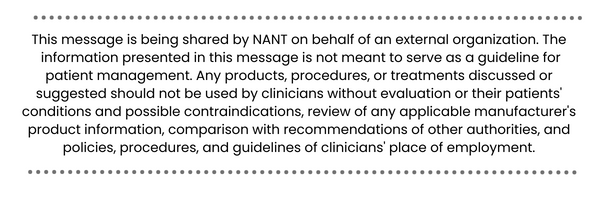Imagine a time, when you didn’t feel safe.
Whether it was a real or an imagined threat to your body, fear creates brain/body reactions of dilated pupils, dilated bronchi, and accelerated breathing. Heart rate and blood pressure rise, and blood flow and stream of glucose to the skeletal muscles increase. Organs not vital in survival such as the GI system slow down. (2)
Now imagine if infants in the neonatal unit experience these same feelings during a feeding in which they have reduced coordination of suck/swallow/breathe. What if the nipple flow rate is too fast, or there is the threat of aspiration? Are they showing signs of desaturation? Bradycardia? Stress signals?
Despite advancements over the past 10+ years in the neonatal feeding culture, this scenario continues to occur daily in some of the most advanced facilities. Ask yourself – Is the infant always safe? Is the level of the feeding experience of good quality? This explains that during a national neonatal nurses conference, when a group of nurses were asked to rate how they felt their units were achieving safe, quality feedings, the majority responded with a 3 within a range of 5. (3)
How do you rate quality? Dictionaries define quality as ‘a degree of excellence’, or ‘the degree to which an object or entity satisfies a specific set of attributes.’ Using Ludwig & Waitzman’s goals of feedings- safe, functional, nurturing, and individually and developmentally appropriate (4) – you can ask yourself, how well does your unit meet these goals?
What is the importance of safety and quality? Mary Coughlin, international expert on Trauma Informed Care in the neonatal unit and beyond, states, “If you don’t feel safe, nothing else matters.” She explains further that when infants do not feel safe, they are not capable of listening, learning, or anything else. (1) It is a patient’s right to be safe. Current research has revealed ”… feedings that are careful and sensitive – of good quality – are essential for supporting the preterm newborn’s oral feeding experiences and neurodevelopment, and to potentially avoid future aversive feeding behaviors.” (5)
Are you following these tips for improving the safety and quality of feedings in your NICU?
1. Choose your equipment carefully.
Safety of feeding can change signicantly based on the equipment chosen. Historically, disposable bottle systems used in the NICU are unreliable, and potentially unsafe. Research has hypothesized that the variability of flow rates is possibly a reason for infant feeding difficulties. In fact, Pados has suggested that choosing a nipple that is consistent in the flow rate delivered may be more supportive of the infant’s ability to learn and develop oral feeding skills. (6) Flow rate variability has also been shown to contribute to the degree of physiologic instability experienced by infants. (7,8)
2. Provide consistent education.
Consistent, unit-wide education of feeding practice is essential. When staff receive different messages and education, they practice differently, leading to reduced quality and potentially reduced safety. On the other hand, when units complete a program such as the Infant-Driven Feeding ® Program, 87% of the staff report they agree or strongly agree that after the education, their feeding practices are safer and more developmentally supportive. (9)
3. Make safety and quality a priority and not a choice.
Developmentally appropriate feedings are a priority, not a choice. Hospitals that provide safe feeding products and practices see positive outcomes, including satisfied staff and parents. If knowingly offering infants and families products that experts in the field have recommended their safety “should be reconsidered,” (6) safety is NOT a priority.
4. Measure it.
If you claim your unit’s feedings are ‘OK’, how do you know? As Brenee Brown once quoted one of her professors, “If you don’t measure it, it doesn’t exist.” (10). Look for opportunities in your unit to measure feeding and safety quality with QI projects, before and after practice changes. Measure one of the following: stress cues during feedings; staff ratings of safety and quality; parent and staff satisfaction scores; infant quality scores on feeding assessments; time to full oral feedings; breastfeeding rates; and infant feeding outcomes in follow-up clinic.
5. Learn from parents.
Safety and quality are topics stressed to parents prior to discharge. In a study by Lyndon et al., parents’ developmental safety concerns about feeding practice in the NICU were related to physical safety. Parents reported being troubled by inconsistencies in feeding practices. “You know, he’s a baby. He needs to learn to suck, swallow, and breathe all at the same time. So if everyone is doing it differently, then how is he supposed to learn how to do that?”(11)
So what’s next? Ask yourself the question: On my unit, how do I rate the safety and quality of neonatal feedings? If score sare less than 5, plan to incorporate feeding change into your 2024 goals NOW!
Click here for references.
For more information on how your unit can improve the safety and quality of feedings practices, contact Dr. Brown’s Medical at www.drbrownsmedical.com, OR, be sure to register for the upcoming webinar,
‘Just OK is NOT Ok when the Safety and Quality of Oral Feedings are Compromised.’
December 12, 2023, 1 pm EST
Register at: https://bit.ly/46dPsCz


